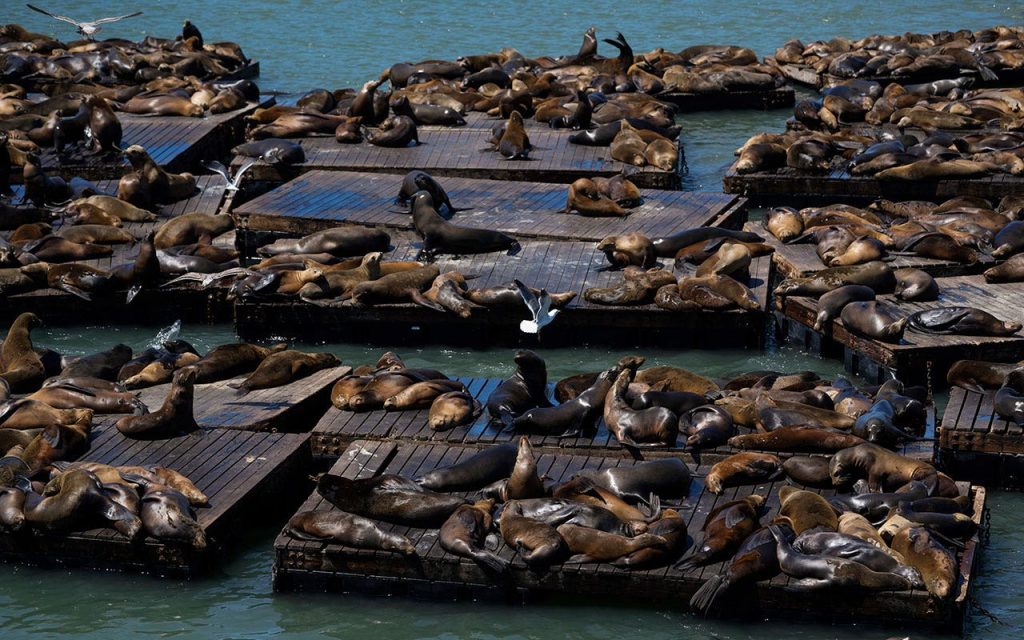A recent report by the Los Angeles Times highlighted the discovery of an alarming number of dead baby sea lions on California islands. Patrick Robinson, director at the University of California Santa Cruz Año Nuevo Reserve, expressed concern over the significant number of deceased pups observed, stating that while it is normal to see some dead baby sea lions at this time of year, the current count is particularly troubling. California sea lions, native to the West Coast of North America and protected under the Marine Mammal Protection Act, typically live in coastal waters and feed offshore. The peak birthing time for sea lions is still weeks away, making the recent findings even more concerning.
In response to the discovery, researchers at UC Santa Cruz conducted a survey that found a high number of still-born California sea lion pups. Megan Moriarty, a veterinarian at the university, noted that the usual number of dead pups seen in a typical year is 5 to 10, but this year, they counted 250-300 deceased sea lion pups on the island. Similar mass mortalities have been reported in the Channel Islands, a critical nursery area for the species. Aerial surveys and necropsies were conducted to investigate the cause of these mortalities, with researchers expressing uncertainty about the underlying factors leading to the sudden increase in deceased sea lion pups.
NOAA Fisheries responded to the situation, acknowledging reports of premature deaths among sea lion pups at California rookeries. They explained that premature births can be more common during El Niño periods, when pregnant sea lions must travel further in search of prey due to shifting food sources. The recent El Niño pattern in the Pacific Ocean may have contributed to the observed increase in premature births this year. However, further research is needed to determine if these numbers exceed the usual range. Despite these concerning reports, NOAA Fisheries reassured that there are no signs of widespread disease or other factors impacting the overall health of the California sea lion population, which is estimated to be around 250,000 individuals. The West Coast Marine Mammal Stranding Network is preparing for additional strandings as summer approaches.
Patrick Robinson emphasized that the California sea lion population as a whole is healthy and thriving, with numbers potentially reaching carrying capacity. While the recent mass mortalities of sea lion pups on California islands have raised concerns among researchers, the overall health of the population remains robust. It is essential for ongoing research and monitoring efforts to continue to better understand and address any potential threats facing these marine mammals. Last year, a large number of sea lions were found dead in South America, with the deaths linked to bird flu, highlighting the importance of vigilance and proactive conservation measures to protect these vulnerable species.


